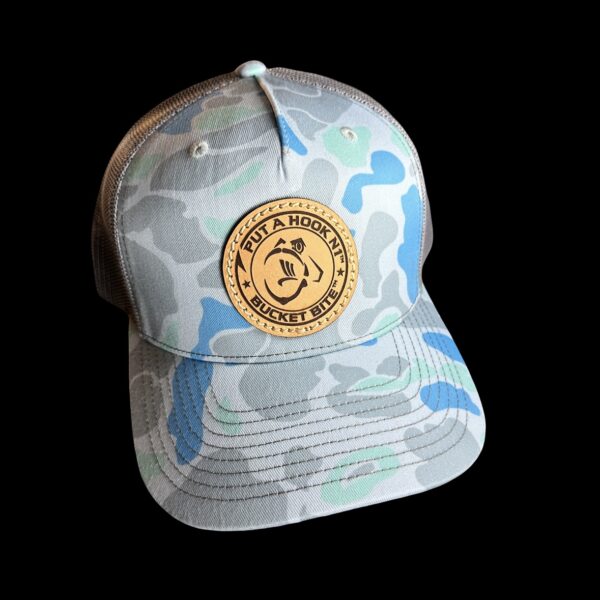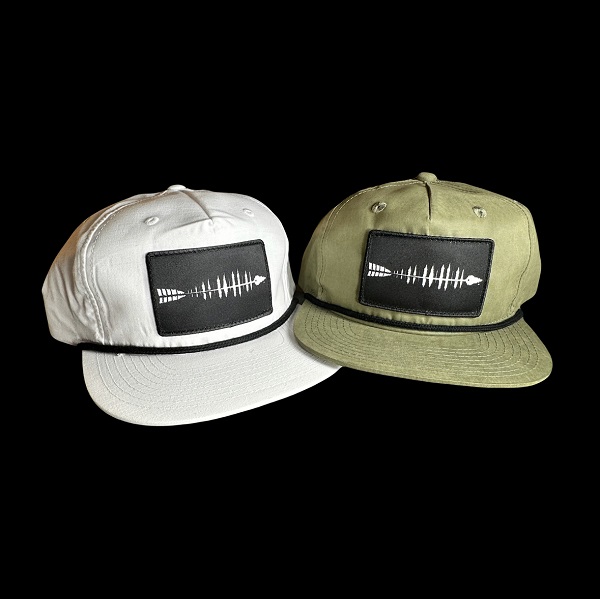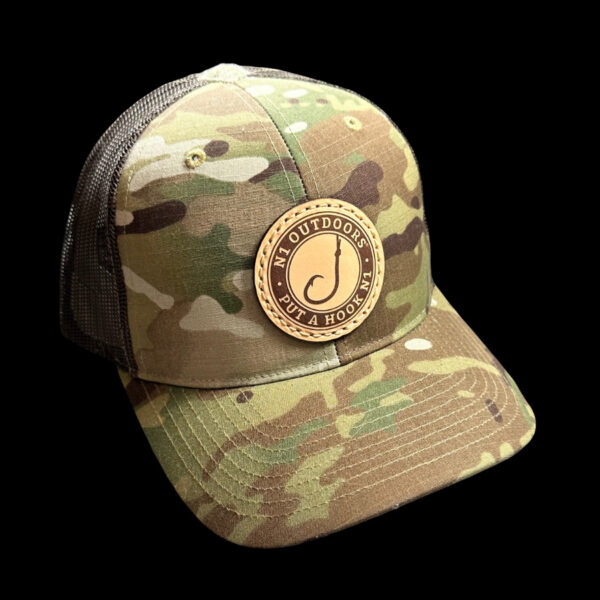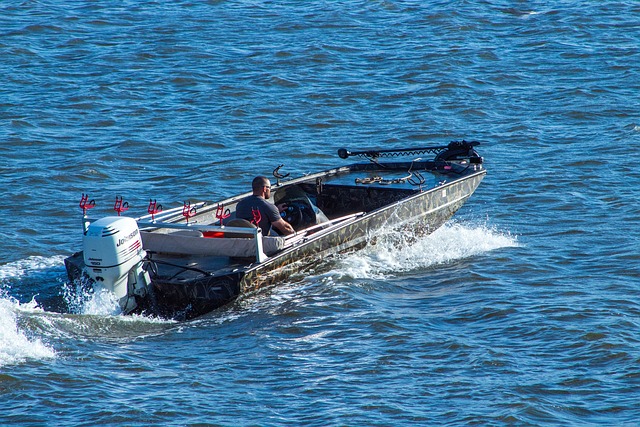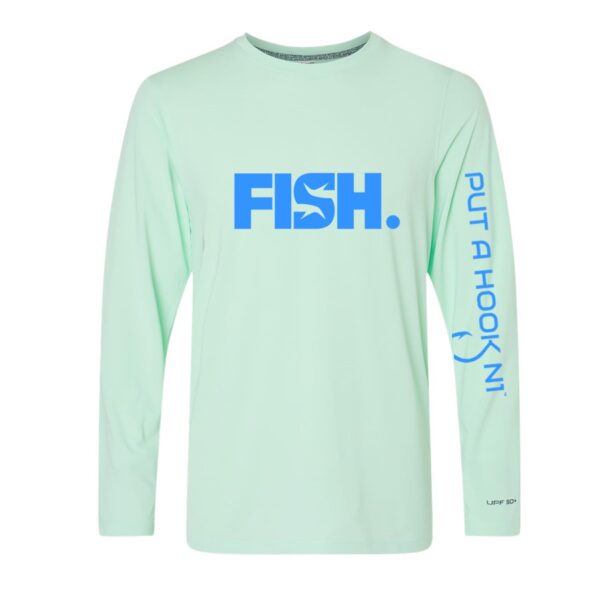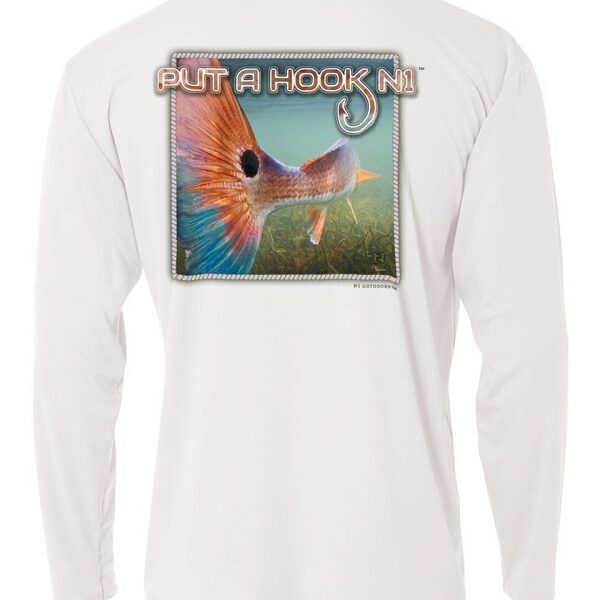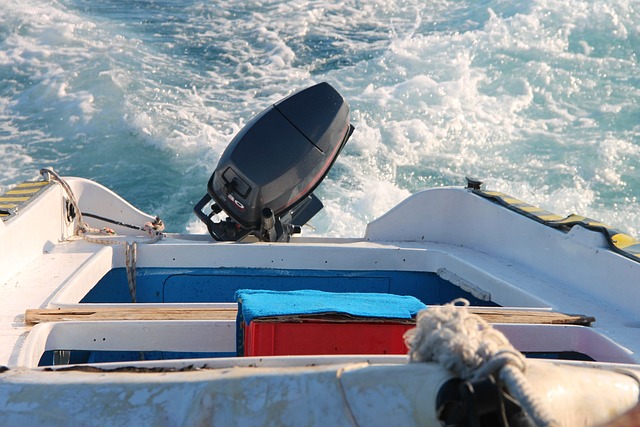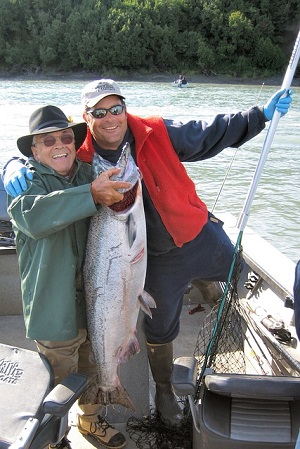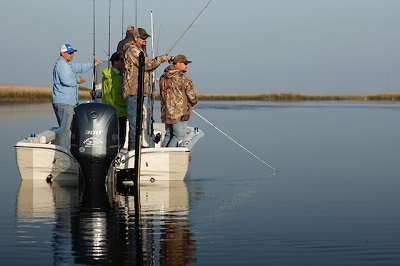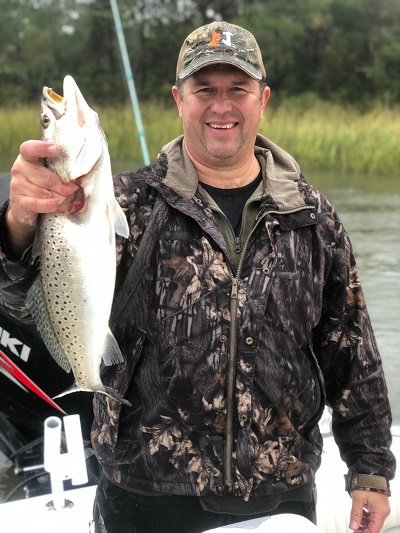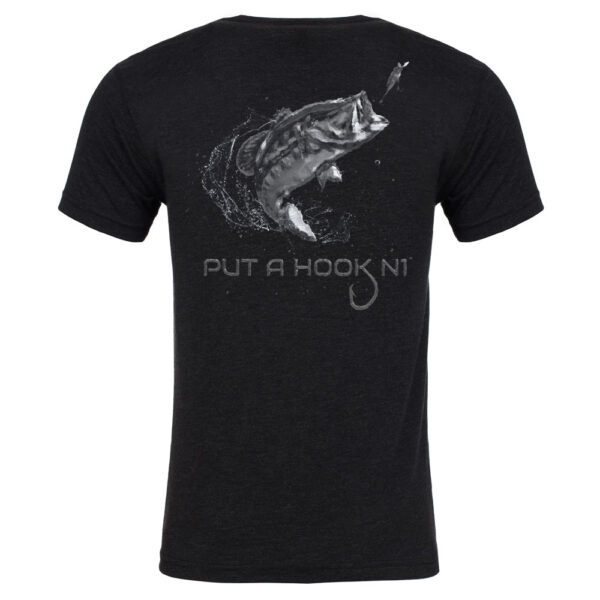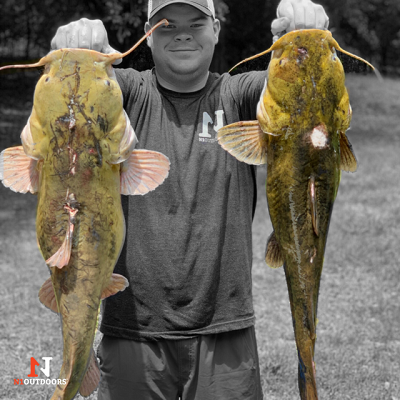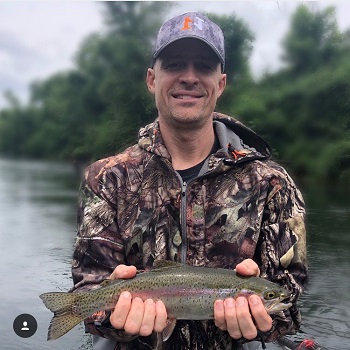When it comes to movies about fishing, there are some well-known titles and others that may have escaped your notice.
So, when narrowing down the list of the best fishing movies of all-time, it’s possible that there may be some names that don’t necessarily align with you popular choices (if you’re looking for films like “Gone Fishin'” from 1997… well, tough luck!)
Some critics may notice the absence of classics like the 1956 version of “Moby Dick,” starring Gregory Peck. But, since finding a large school of muskies is more likely than stumbling upon a rigid list for this niche genre, let’s venture into uncharted territory!
#1 The Complete Angler (2003)
English writer Izaak Walton penned The Complete Angler, a significant book in fishing’s history, during the 17th century. Although fishing has been a part of human existence since time immemorial, Walton’s writings provided comprehensive documentation on fishing techniques.
This documentary follows Walton’s journey through England and delves into the early stages of formalized fishing.
#2 Low & Clear (2013)

The Low & Clear documentary captures the reunion of two former friends as they embark on a final fly-fishing trip, representing the purest example of the entire fishing genre.
Throughout their journey, the two men discover the reasons behind their growing apart over the years. The ensuing saga reveals the well-known reality of how fishing can bring out the best and worst in men.
Notably, the film showcases remarkable cinematography and breathtaking shots of the British Columbia wilderness, immersing viewers in the desire to be waist-deep in steelhead waters. Don’t just take our word for it – watch the trailer and get hooked.
[NOTE: Unfortunately, not all films on this list may be available in your region. Even if the movie is available to watch in your home region, things may change when you travel. To avoid the vagaries of streaming services, you can use a VPN for travel, which bypasses regional restrictions. VPN allows you to move freely between countries in a virtual environment. Can’t access the film in Norway? Just change your IP address to the USA.]
-
Sale!

N1 Outdoors® Put A Hook N1™ Trout Short-Sleeve Tee
$5.00 Select options This product has multiple variants. The options may be chosen on the product page -
Sale!
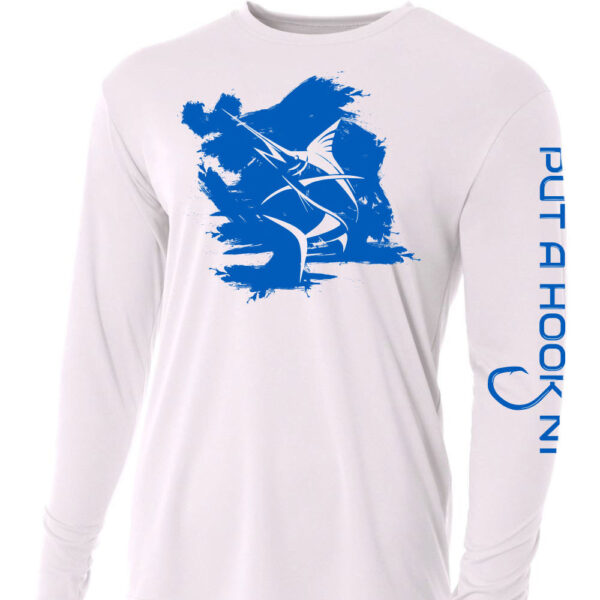
Put a Hook N1™ UPF30 Marlin Performance Fishing Shirt (White)
Original price was: $34.99.$9.00Current price is: $9.00. Select options This product has multiple variants. The options may be chosen on the product page -

N1 Outdoors® Est. 2014 TriBlock Bottomland Camo Performance UPF 50+ Shirt
Price range: $37.99 through $39.99 Select options This product has multiple variants. The options may be chosen on the product page
#3 Silver King: The Birth of Big-Game Fishing (2012)
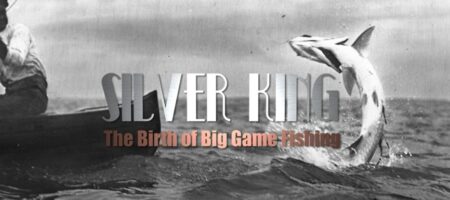
This is the history of one of the world’s most renowned game fish, the tarpon.
One of the notable events of this movie was the capture of William H. Wood’s 93-pound tarpon. The trophy specimen was caught in Florida’s Sanibel Island with an ordinary bamboo fishing rod and mullet for bait were used.
Wood’s achievements have inspired countless anglers around the world to set out in search of record-breaking fish. Among those anglers were even Presidents Theodore Roosevelt and Herbert Hoover.
Since then, the tarpon has captivated the hearts and minds of countless anglers who have sought after them. The documentary features rare archival film clips of early tarpon anglers as well as vintage footage from the 1930s, ’40s, and ’50s, alongside compelling modern footage. Together, they shed light on the fascinating story behind the inception of big-game fishing and the ongoing conservation efforts aimed at preserving this species.
#4 Ondine (2009)
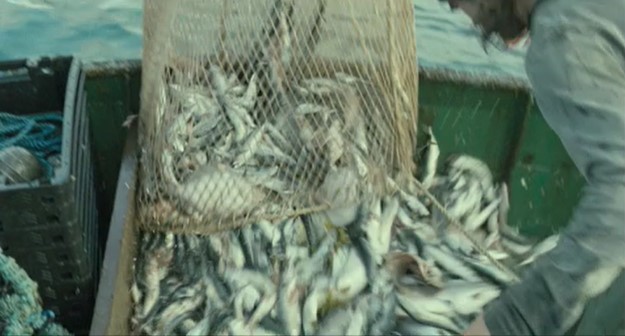
Colin Farrell, an Irish trawlerman, catches a stunning woman in his nets and becomes entangled in the mystery of her identity – is she a refugee or a mermaid (known as a “Selkie” locally)?
Neil Jordan’s contemporary fairytale exudes warmth and wit, boasting exceptional performances.
#5 The Old Man And The Sea (1958)

Based on Ernest Hemingway’s masterpiece, we’ve seen at least several adaptations and even a 1990 miniseries. IMAX 1999 also turned out to be worthy, but the depth of the masterpiece was best conveyed in John Sturges’ 1958 adaptation.
There are no classic fishing moments here; they even used an enclosed reservoir to film it. However, all this is covered by Spencer Tracy’s game. Hemingway himself reportedly considered it worthy, and we agree with that assessment.
#6 The Perfect Storm (2000)
The first hour of The Perfect Storm film presents a gloomy and drawn-out depiction of a struggling fishing community. It is an adaptation of Sebastian Junger’s thrilling bestseller, with Wolfgang Petersen at the helm.
As expected, the film delivers its spectacle in the form of a meteorological phenomenon that ruthlessly batters our courageous crew, featuring George Clooney, Mark Wahlberg, John C. Reilly, William Fichtner, Allen Payne, and John Hawkes, leaving them in soggy dire straits.
#7 A River Runs Through It (1992)
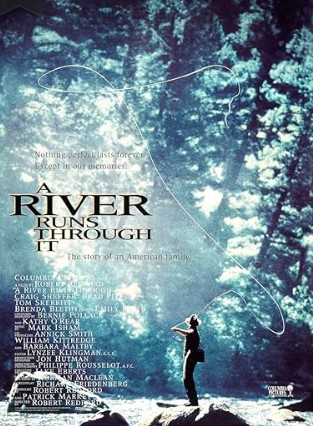
It would’ve been difficult for this movie to fail with a handsome star like Brad Pitt, but it’s the captivating story and cinematography that truly captured global audiences’ hearts and minds.
“A River Runs Through It” follows two brothers as they navigate their own challenges in early 1900s Montana, with fly fishing always at the forefront.
The film’s beautiful and poetic narration, directly adapted from the novella of the same name, immerses viewers and provokes contemplation of life’s profound inquiries.
#8 Alamo Bay (1985)

You may have never heard of this gritty 1980’s fishing film with Ed Harris. But, it’s definitely on the list.
The film is set in the coastal waters of a Texas Bay town and follows a vindictive Nam vet who clashes with Vietnamese refugees encroaching on the local fishing industry.
Remember “Field of Dreams”? Well, this film and that one only have one thing in common – Amy Madigan, who is amazing.
Harris and Madigan, both on and off the screen, deliver outstanding performances despite the sometimes awkward dialogue. They create an entertaining show that explores the submerged politics of commercial fishing, the pursuit of the American Dream, and the sacrifices required to follow one’s heart – all in the name of fish.
Conclusion
While fishing films are not always about fishing, they are always related to it in some way. Sometimes we see an incredible storm, sometimes a story of survival, and other times we see unique fishing spots. If you are a true fishing fan, you may well appreciate all of these films.








